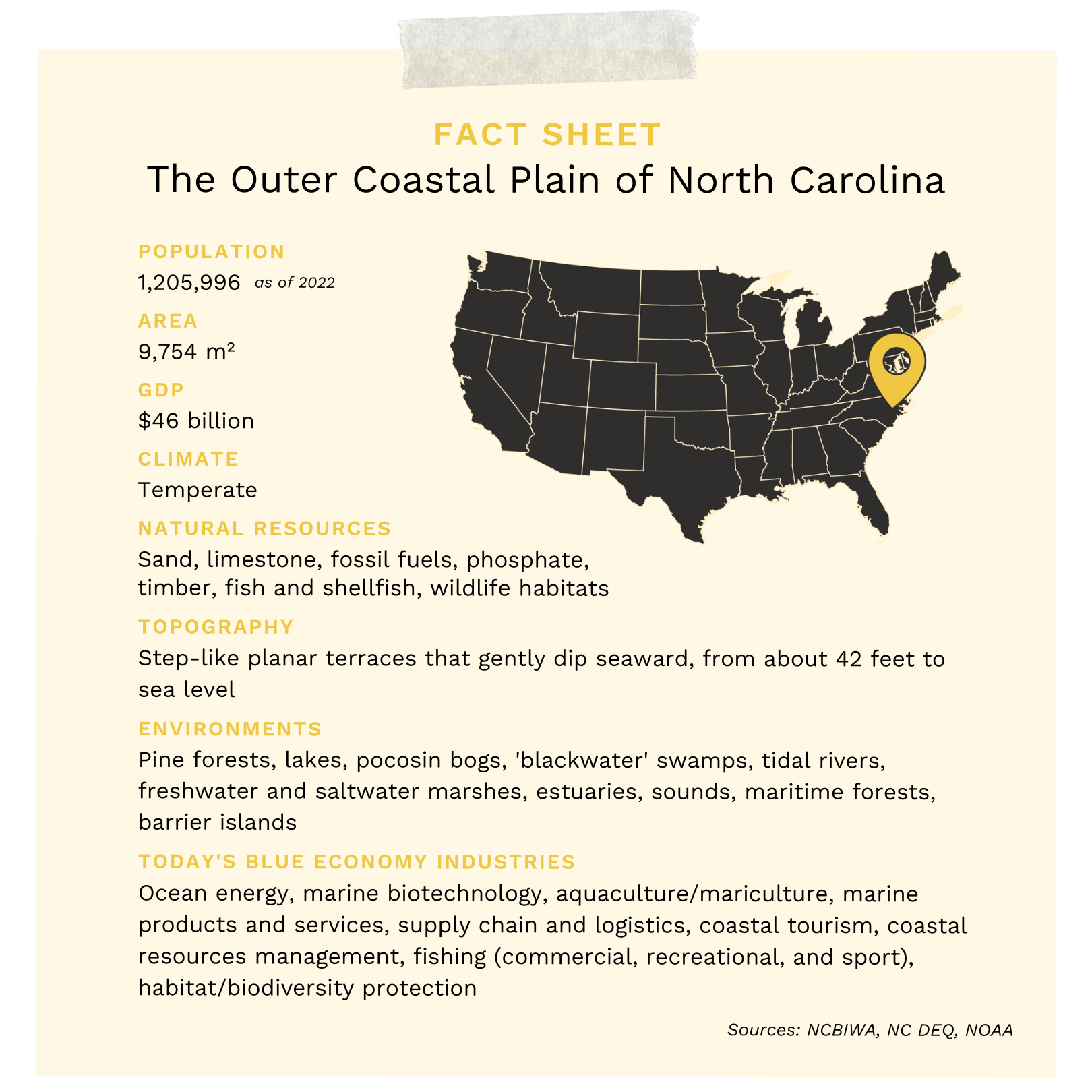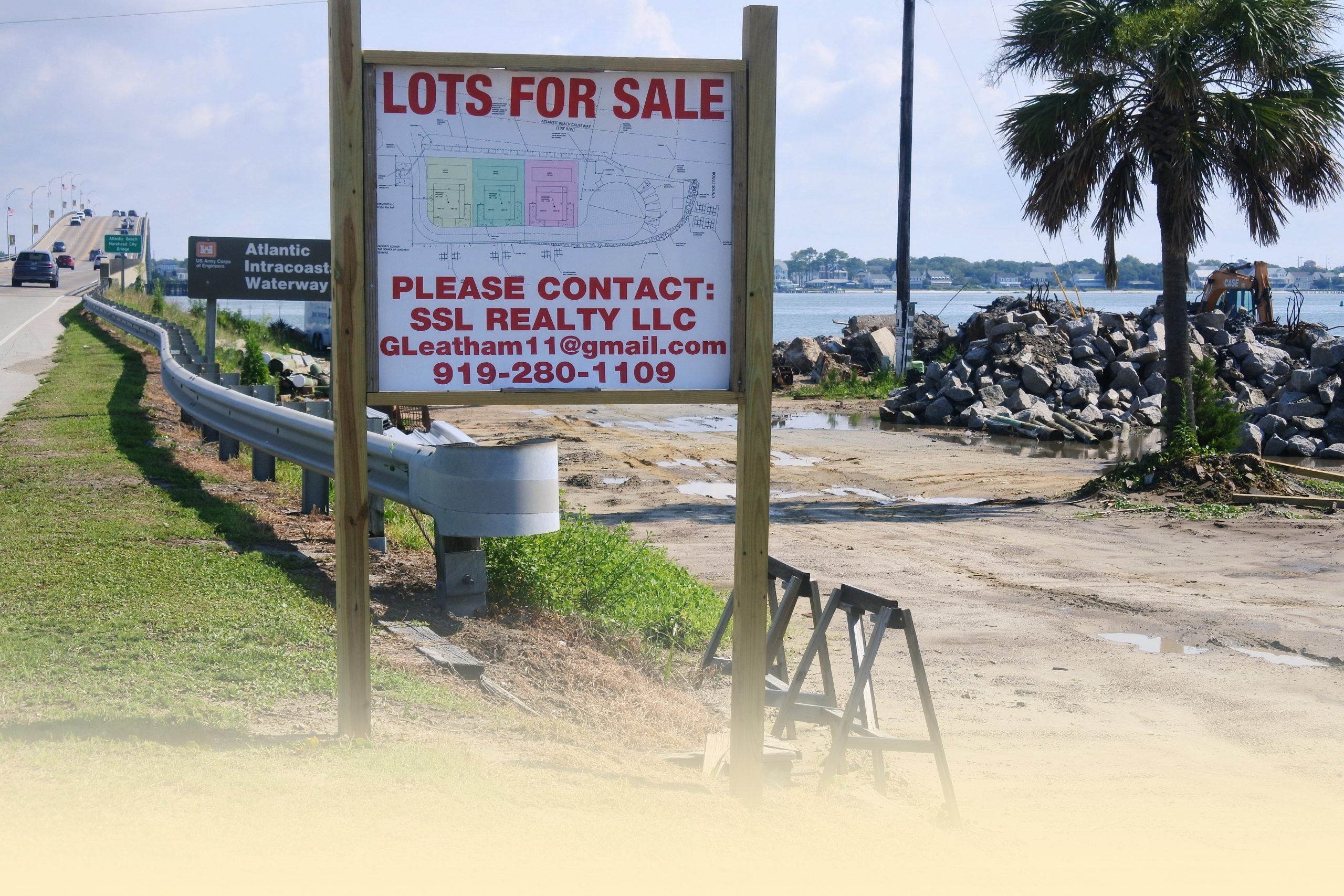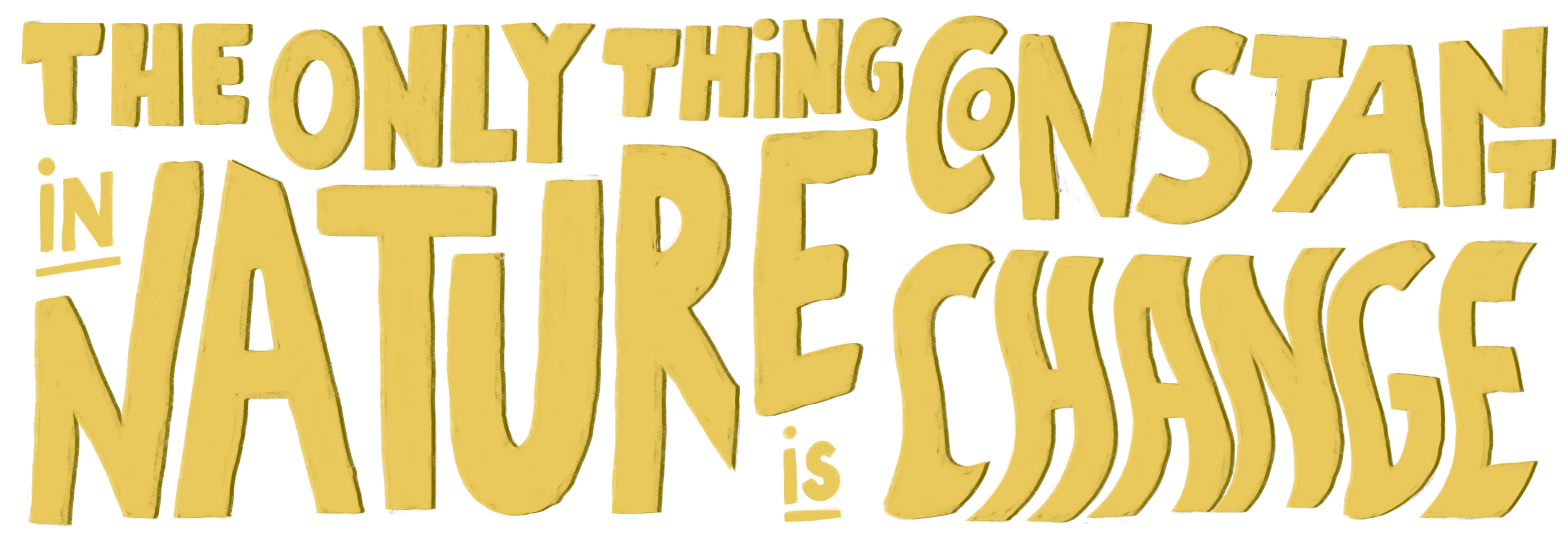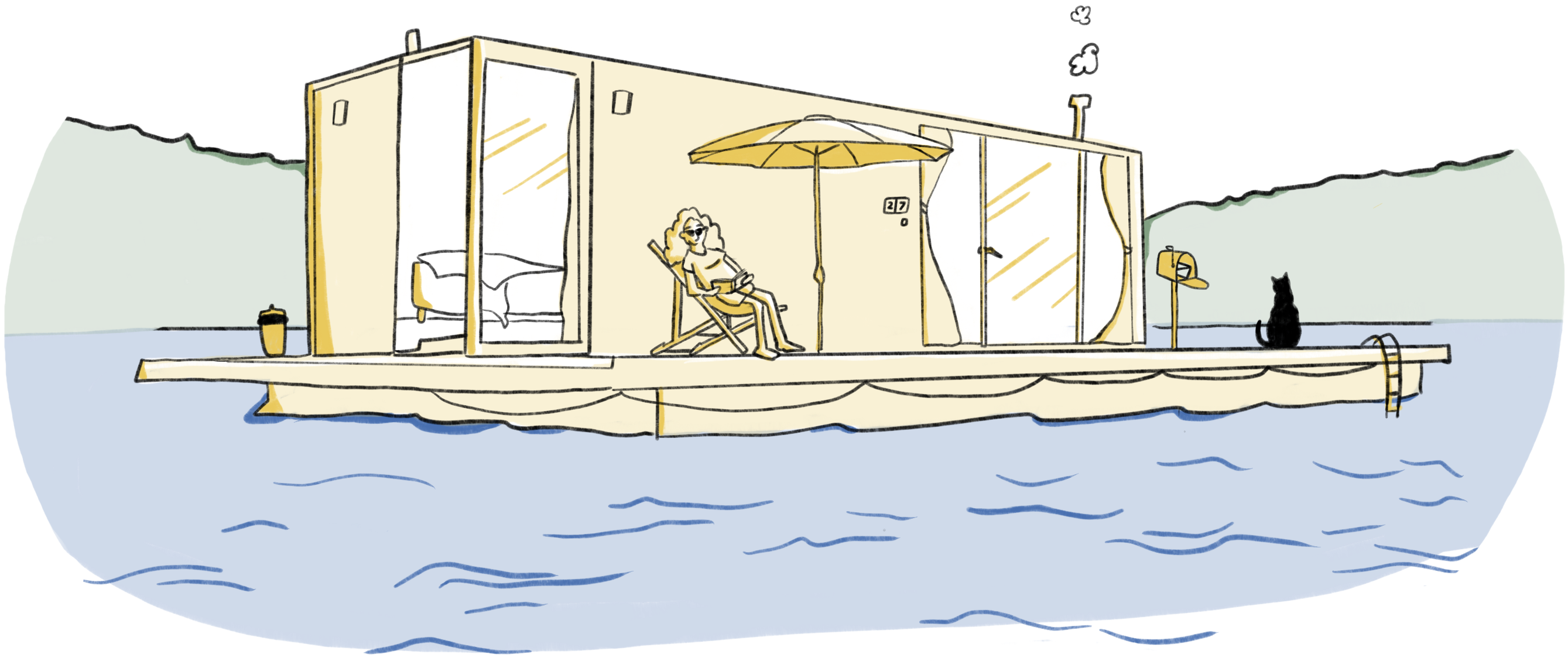Historically, coastal communities in North Carolina had to adapt to the tough environmental conditions related to water. Water posed threats during storms and flooding and also limited transportation and communication options.
But they survived and even prospered before the arrival of road networks, bridges, electricity, and telephones. People depended on boats and rolled up their pants when the water got high.
They knew they were going to have to work with water—it provided life and livelihood to the commercial fishing communities.

Addressing climate change today
Effective Adaptive Management addressing climate change realities relies on local, state, and federal decision-makers and the policies they create. What does environmental adaptability require?
- Acknowledging challenges
- Setting up response strategies for “protection in place” and “managed transition”
- Implementing them
In 2012, NC state lawmakers made decisions addressing climate change (see video left). What’s changed since then?
Today, our coastal communities are challenged to manage and conserve the resources needed to sustain the quality of life in the midst of population growth, land use change and variations in climate and weather. These challenges create high risk associated with living, working and doing business along the coast.
As North Carolinians, we must confront the challenges facing our coastal regions.
Rapid population growth of full-time residents needing housing, healthcare, education, products & services
Demand for development—residential and business—in an ever-shrinking, vulnerable geographic area
Sea level rise resulting in saltwater intrusion, greater damage from storm surge, frequent King Tide flooding, and rising water table
Loss of biodiversity caused by armoring the coastline, deforestation, saltwater intrusion
Vulnerable infrastructure, such as transportation, communication, water/sewer, and energy, is at risk as water level rises and storms become more intense
Point and non-point source pollution from stormwater runoff in the form of sediment, chemicals, and nutrient-loading


Let’s look towards some climate-compatible, future-focused solutions!
We’re looking for innovative and inventive blue economy startups in these sectors.
Infrastructure and housing
Shipping and supply chain
Aquaculture, mariculture, agriculture, food security
Tourism and hospitality
Goods and services
Power generation and energy
Transportation
Environmental literacy and protection
For the people, for the ecosystems, for our love for NC,
be part of the change.
goal 1
Balanced human-environment interaction
We must be in harmony with our environment, utilizing it to survive, and protecting and preserving it so all ecosystems can thrive. Before the industrial revolution, the human-environment relationship was much healthier and more balanced. Today, we can find ways to adapt, like the Dutch with their floating homes, and riverine villages in Bangladesh.


goal 2
Successful and sustainable Blue Economy
Business success isn’t always about growth. A successful blue economy is one that is balanced and in perfect harmony with the environment. Adding this “green” aspect to the Blue Economy idea could even make it a “Teal Economy”.
goal 3
Reaching the UN's SDGs
An important objective is aiming to reach the Sustainable Development Goals that the United Nations urges everyone to strive for before 2030. They help us by providing a framework that we can all agree on.



